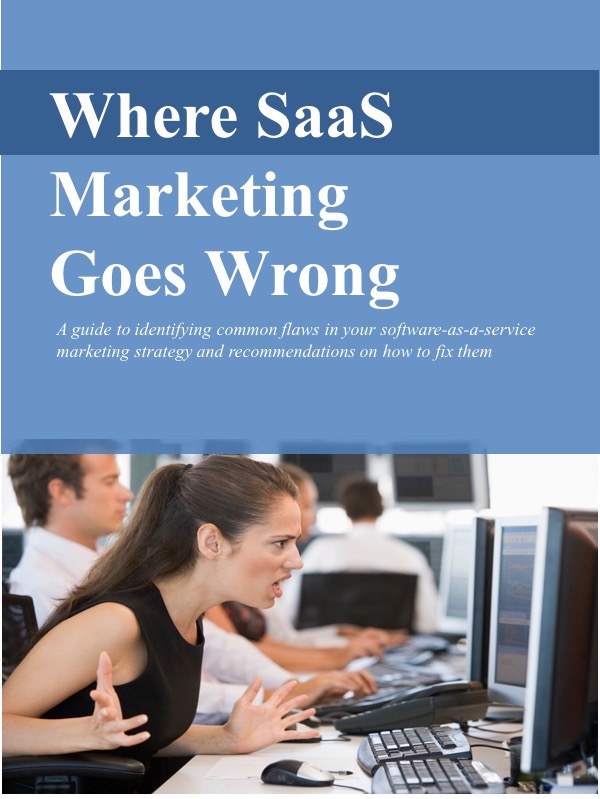What’s behind those churn metrics? Different causes demand different solutions.
/Churn is bad for software-as-a-service (SaaS) companies. Very bad.
But knowing there’s a churn problem is one thing; fixing it is something else.
To bring down churn, we need to understand what’s behind the numbers. Why are customers leaving? Different causes will point toward different fixes.
Poor product performance
Sometimes the solution simply doesn’t deliver as advertised. Customers subscribe, believing it will perform some particular function… but it doesn’t. Once they figure that out – it may take a few hours or a few months – they leave.
The solution for this problem: go back to the drawing board with the solution. Learn where the gap is between what customers want and what the solution delivers. Improve it to better meet customers’ needs, or explain the solution’s features, benefits, and advantages more accurately.
Ineffective on-boarding
If most of the churn is in the first 90 days after a customer subscribes, the problem may be poor on-boarding. Entering data, training users, and changing the way an organization does things isn’t easy.
To fix poor on-boarding usually requires putting more thought and more resources to implementation and training. In fact, it’s not uncommon for SaaS providers to require that customers sign up for training and implementation help. And often they charge for it.
(See this short video on “Turning SaaS buyers into satisfied users.”)
Inadequate support
SaaS companies cannot afford to ignore their customers. Especially for more complex, enterprise applications – those that are critical to the customer’s operations – quick and expert support is essential.
But effective support should go beyond a solid help desk. SaaS vendors should be regularly providing their customers with expert advice on how to optimize use of the solution. (See “Your existing customers are prospects too.”)
And they can occasionally remind customers of the solution’s value to their organization. For example, “over the last 90 days, you’ve used the solution to conduct 450 performance reviews, manage 1200 new inbound leads, process 67 loan applications, or whatever it is the solution does.”
Wrong customers
Sometimes high churn happens when SaaS providers sell to the wrong customers. Superb salesmanship, yes. Good fit for the customer, no. Expect that the customer will discover the mismatch after a few weeks or months.
I’ve seen this happen when sales people convince a small customer that the product is a good fit for their needs, but it turns out to be overkill.
I’ve also seen the opposite. Salespeople tout capabilities required to win a large customer, but the solution’s actual features come up short.
Remedies for over-selling could involve clarifying the messages to more clearly describe what the solution does and who it is designed for.
A revised compensation scheme can also work as a remedy for over-selling. Salespeople are rewarded for winning customers that stay for a long time, and they’re penalized for bringing in customers that churn quickly.
Susceptible to poaching
In some cases, customers depart for competitors. They are lured away with more features, more attractive pricing, or some other advantage.
SaaS companies are especially susceptible when switching costs are low. Customers can easily move to another solution without painful implementation and training costs.
One approach to counter poaching is to lower prices, though that’s a tough strategy to sustain.
Adding more useful features, delivering a solution that’s easier to use, or providing outstanding customer support are likely to build a more sustained relationship.
No universal fix for churn
Any SaaS vendor with a churn problem needs to fix it. The business model doesn’t work when too many paying customers leave too quickly.
In fact, the most successful SaaS companies actually achieve “negative churn,” meaning they actually derive more revenue from their existing customers.
But fixing a churn problem first means diagnosing the cause. I haven’t provided an exhaustive list, but it should be plain that there are a variety of explanations behind the numbers. And each particular cause points toward a different solution.
Sorry, there’s no simple “one-size-fits-all” approach here.
